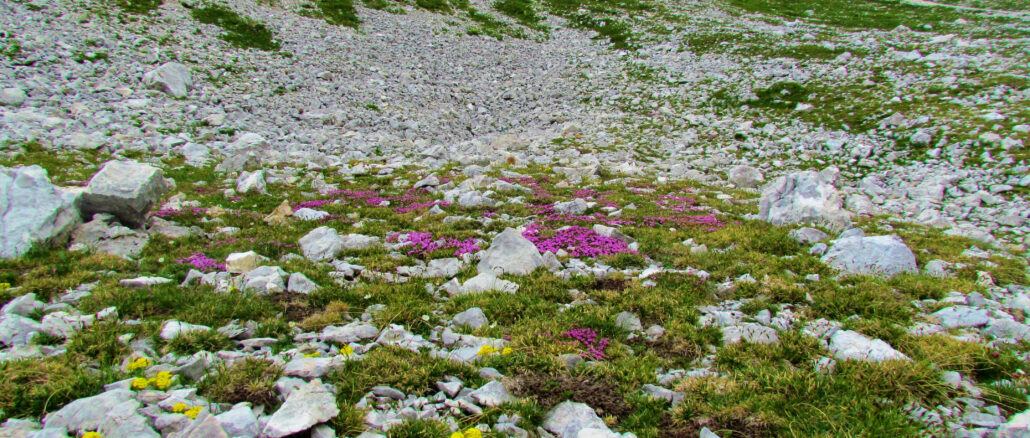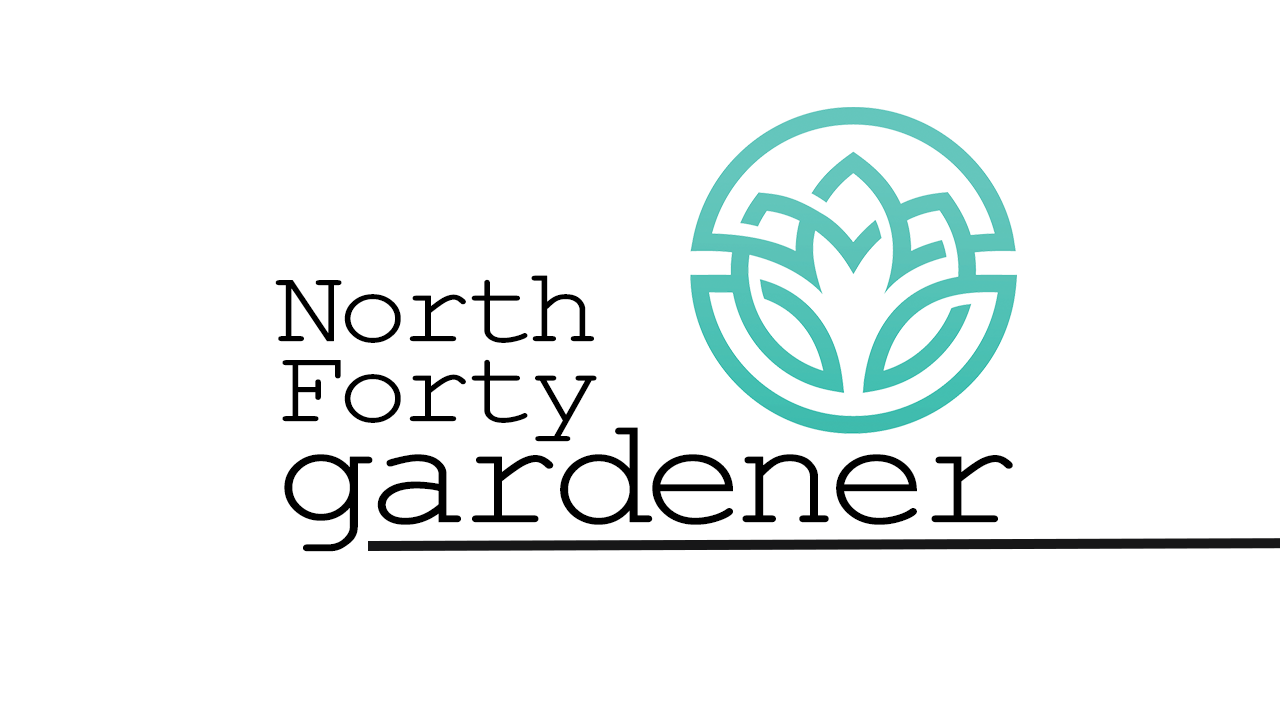
This advertising makes North Forty News possible:

by Bryan Fischer, Curator and Horticulturist, Gardens on Spring Creek
Convergent evolution. Yep, it’s a big term. It’s also worth knowing.
We all know that plants, like animals, evolve. Mutations and changing gene arrangements that create new traits occur constantly in plants, and some of these are passed onto offspring. Most of these mutations are silent (no visible effect) or deleterious, disadvantaging the plant in the environment it lives in. However, if these create an advantage in a given environment, they will persist or increase in a population.
Support Northern Colorado Journalism
Show your support for North Forty News by helping us produce more content. It's a kind and simple gesture that will help us continue to bring more content to you.
BONUS - Donors get a link in their receipt to sign up for our once-per-week instant text messaging alert. Get your e-copy of North Forty News the moment it is released!
Click to DonateOver very long periods, environments will shape which traits persist and increase. When given long enough, it’s common for plants in the same environment to accrue similar traits. When unrelated species acquire very similar adaptations (and often similar appearances)is referred to as convergent evolution. Its opposite, divergent evolution, is seen when related individuals evolve to have different traits, often after a new environmental feature splits an existing plant population.
Convergent evolution explains why plants from deserts, for example, often share similar looks, with few leaves and succulent foliage or stems. Understanding this concept makes for a fun study in botany, and for the gardener can be useful: oftentimes, the appearance of a plant can tell you where it might have evolved and what kind of garden environment it may succeed in.
Convergent evolution is seen across the plant kingdom in a huge variety of traits. Several shrubby plants that are subject to predation by insects have evolved the ability to produce caffeine, a natural insecticide. Being convergent, the trait appeared multiple times and unrelated plant groups, including coffee, tea, guarana, and some Citrus spp… Plants in alpine regions (above our 11,500-foot tree line here in Colorado) also exhibit convergent evolution, often growing as low, dense cushions that stay out of the wind and endure bitter, sustained cold. Despite their similar, mosslike appearances, they are only distantly related and retain the varied flower structure of their closer ancestors.
In Colorado, shopping by plant form can inform wise plant decisions at the nursery. By shopping for plants that loosely resemble those we see growing well around us, we can more easily pick out plants that are likely to succeed in our gardens.
Foliage that is silver, hairy, succulent, or fine-textured typically is seen on plant species that are adapted to grow in dry environments, for examples here look to sagebrush (Artemisia spp.), lamb’s ear (Stachys byzantia), and short grasses, including blue grama (Bouteloua gracilis). Often, such plants will have substantial root systems, as well. Plants with little to no foliage constitute the most xeric of the bunch (including cacti and many Euphorbia). Conversely, plants with many broad, smooth leaf blades are adapted to growing in low-light conditions, like Hosta cv, but often require more watering than more hirsute, fine-leaved garden options.
So, when planning for your garden this year, consider taking a cue from Mother Nature by planting adapted plants that capitalize on traits providing an advantage in your regional growing environment. Not only will such purchases reduce your labor in the garden, but they will help to provide a sense of garden cohesion with plants whose appearances complement one another.
